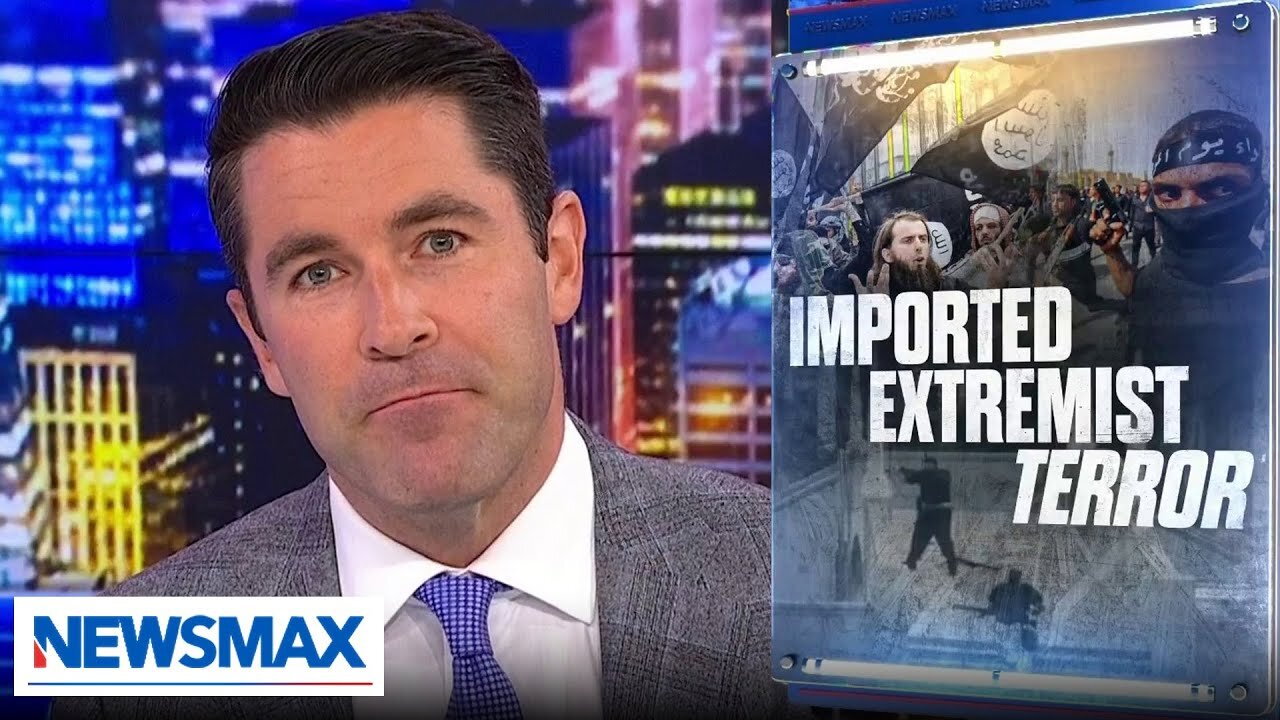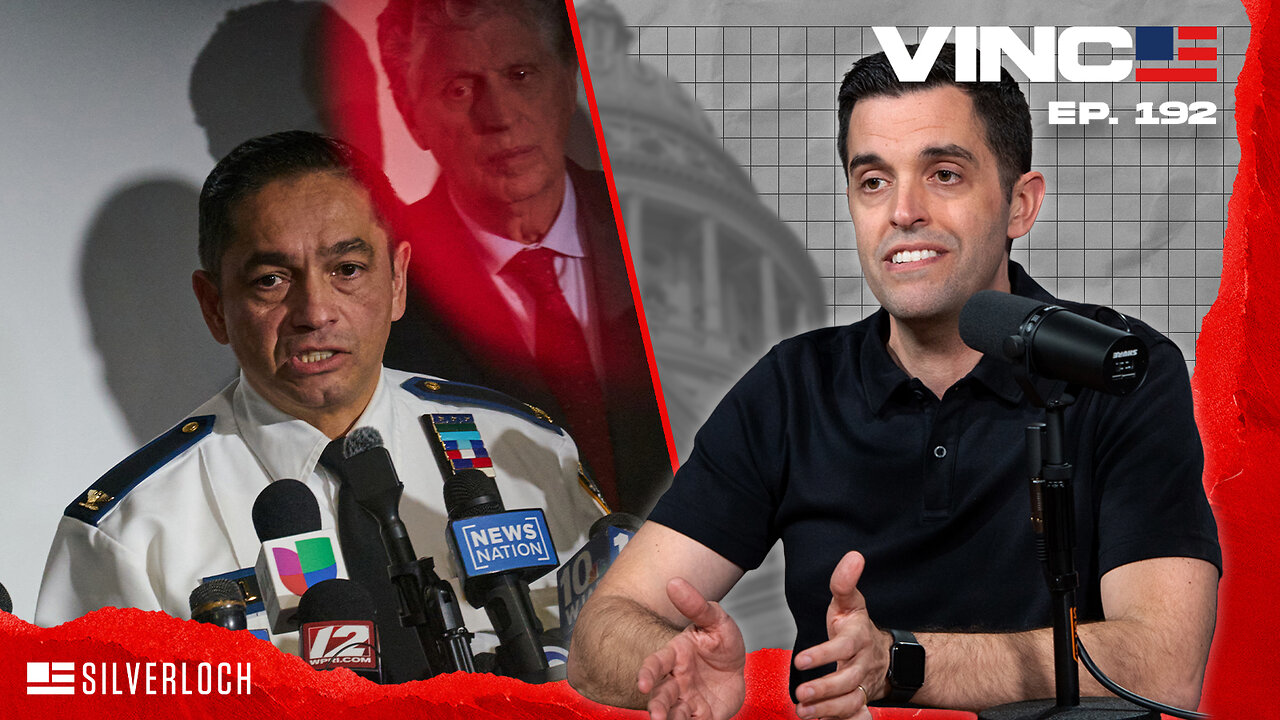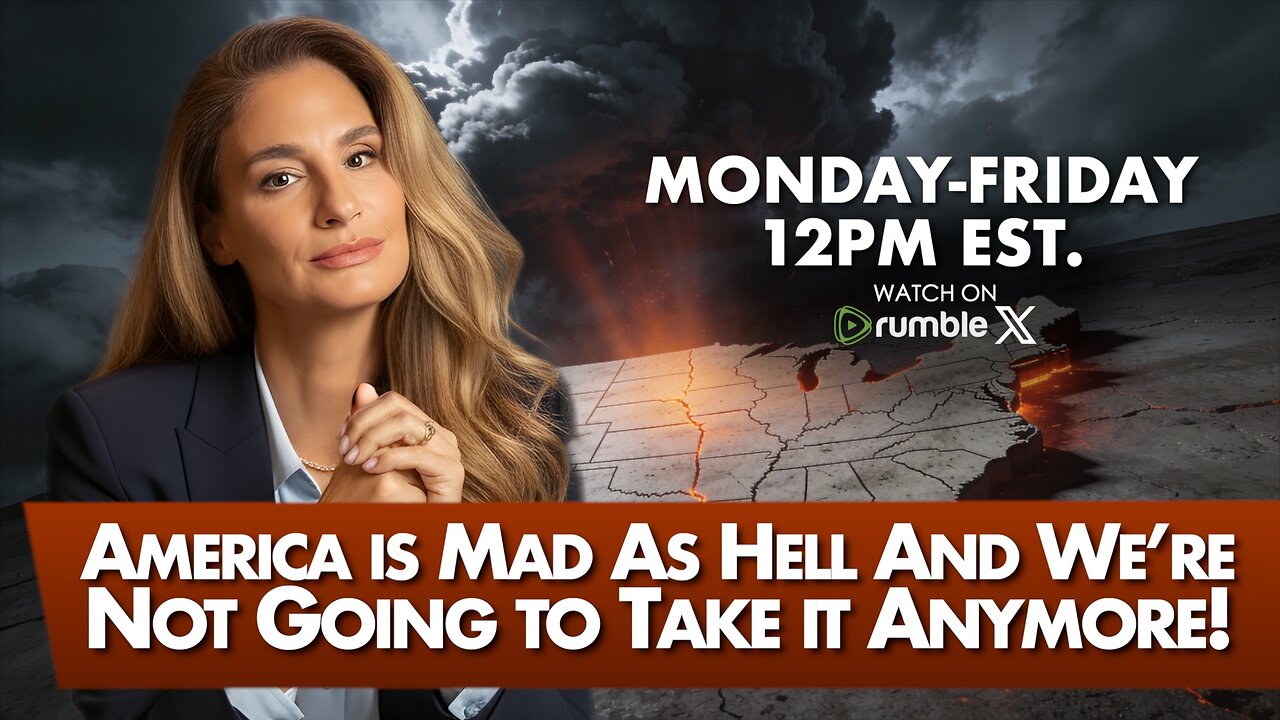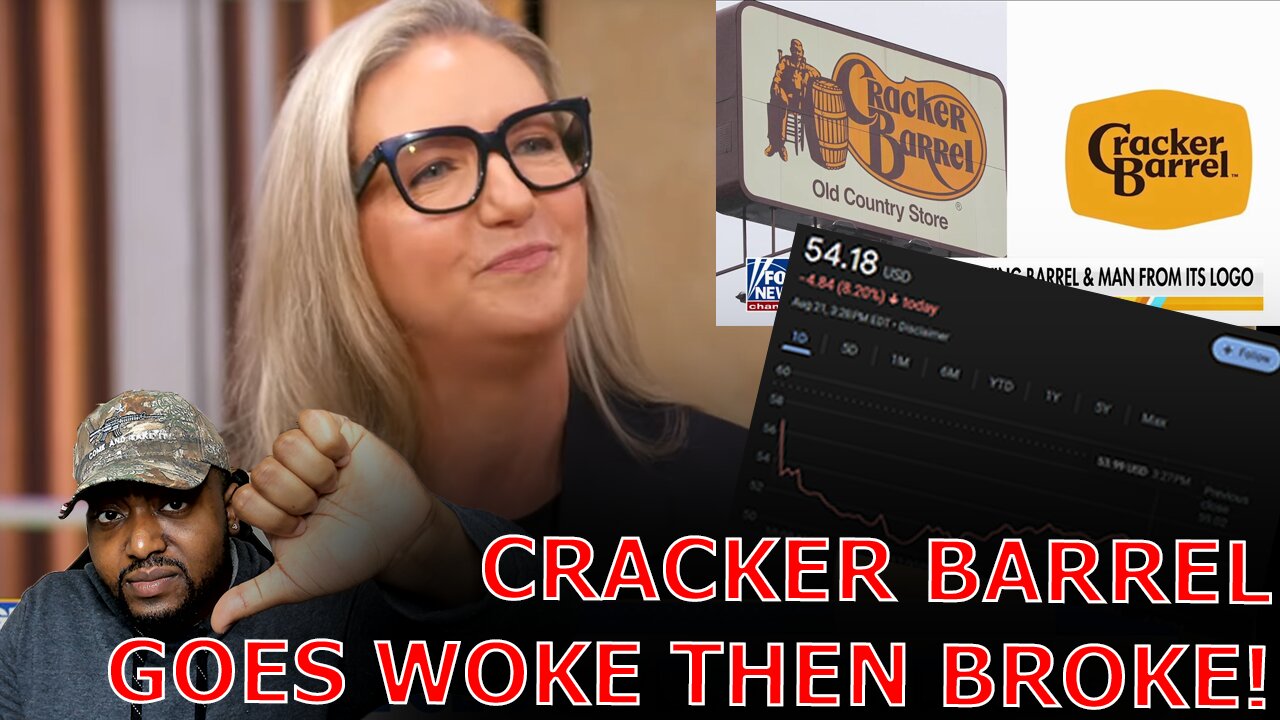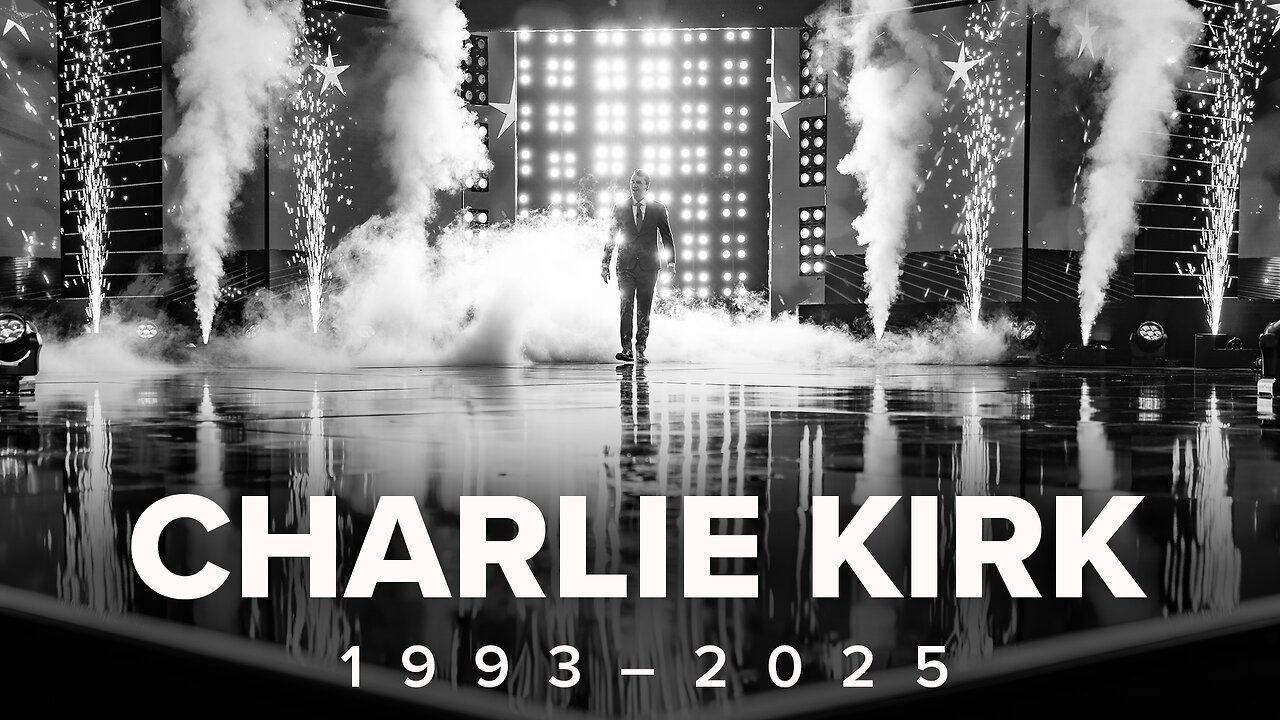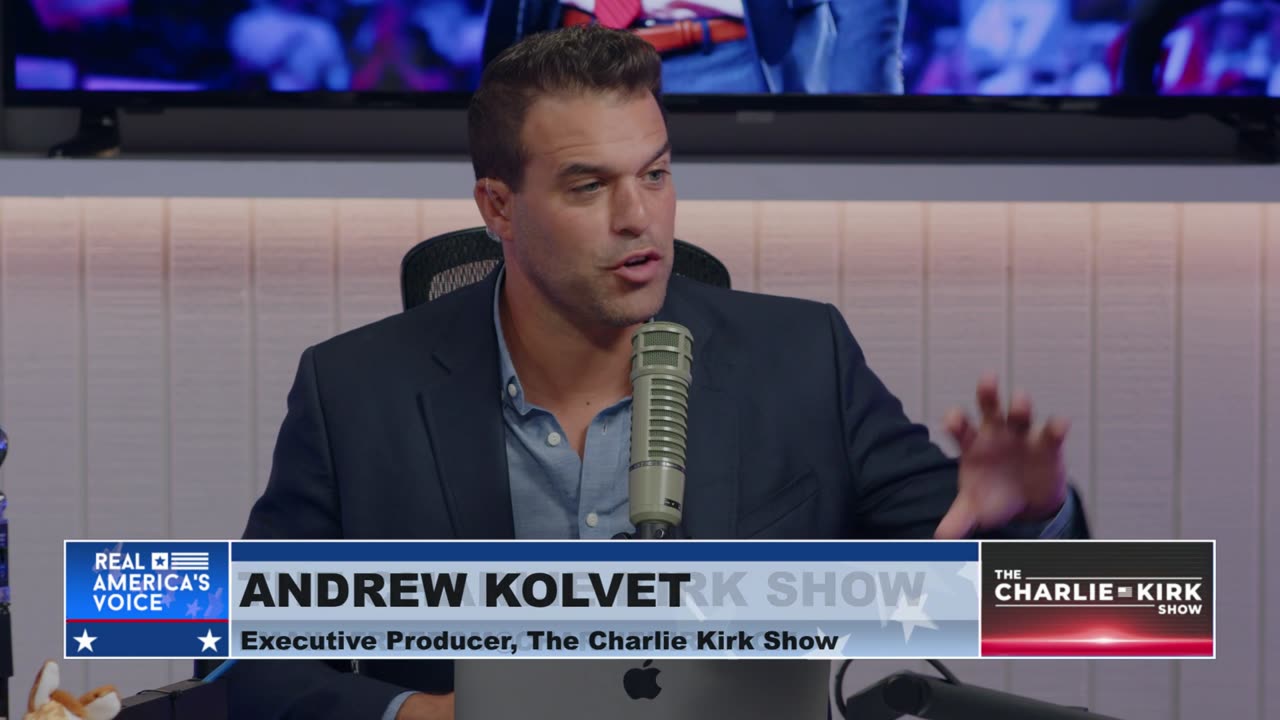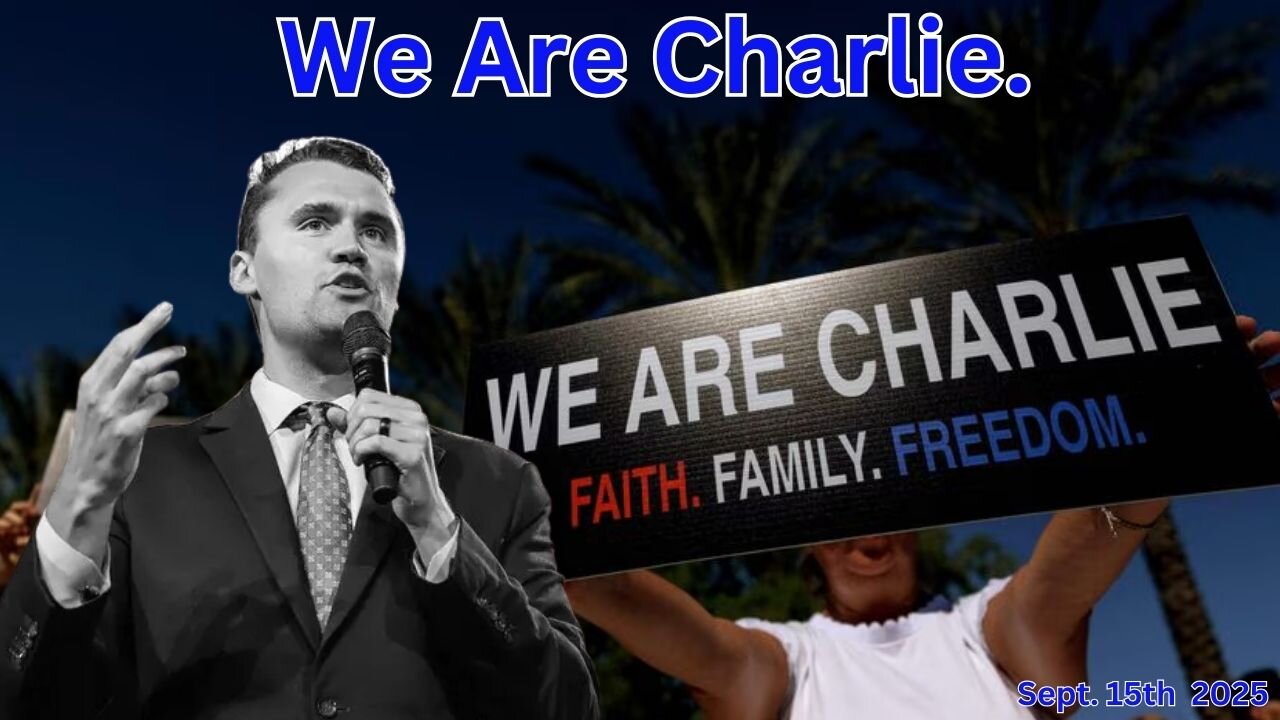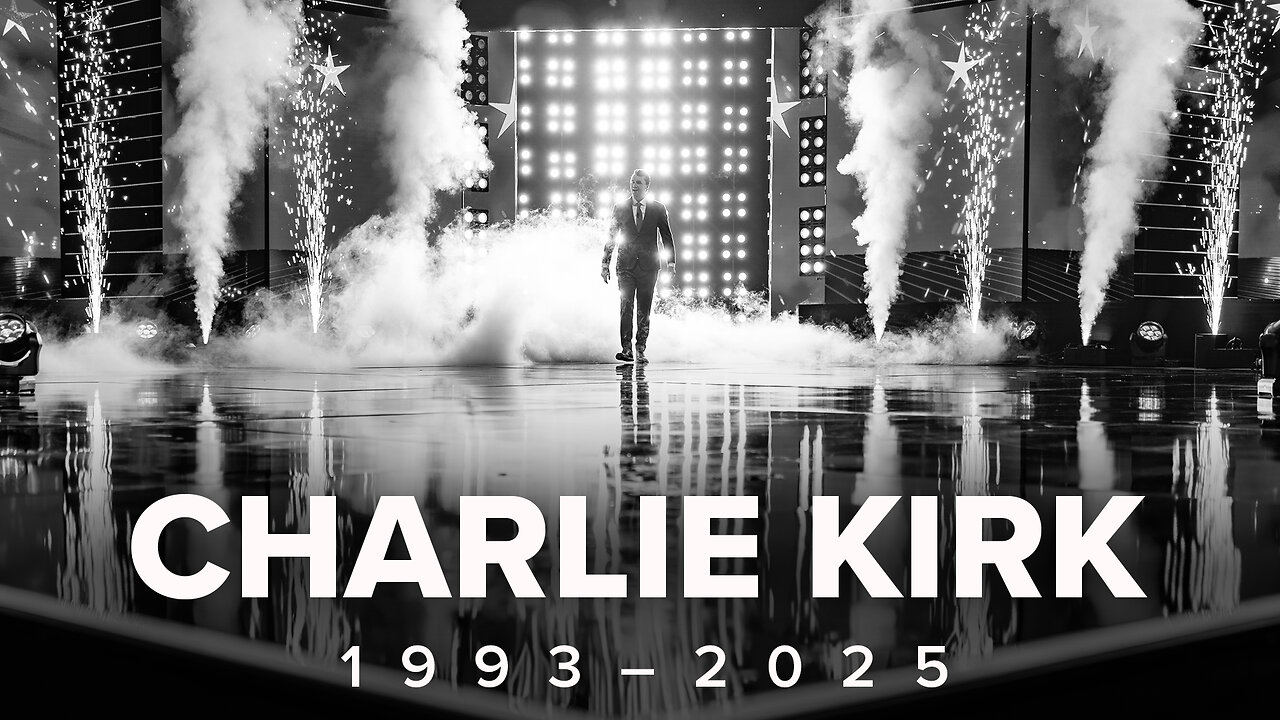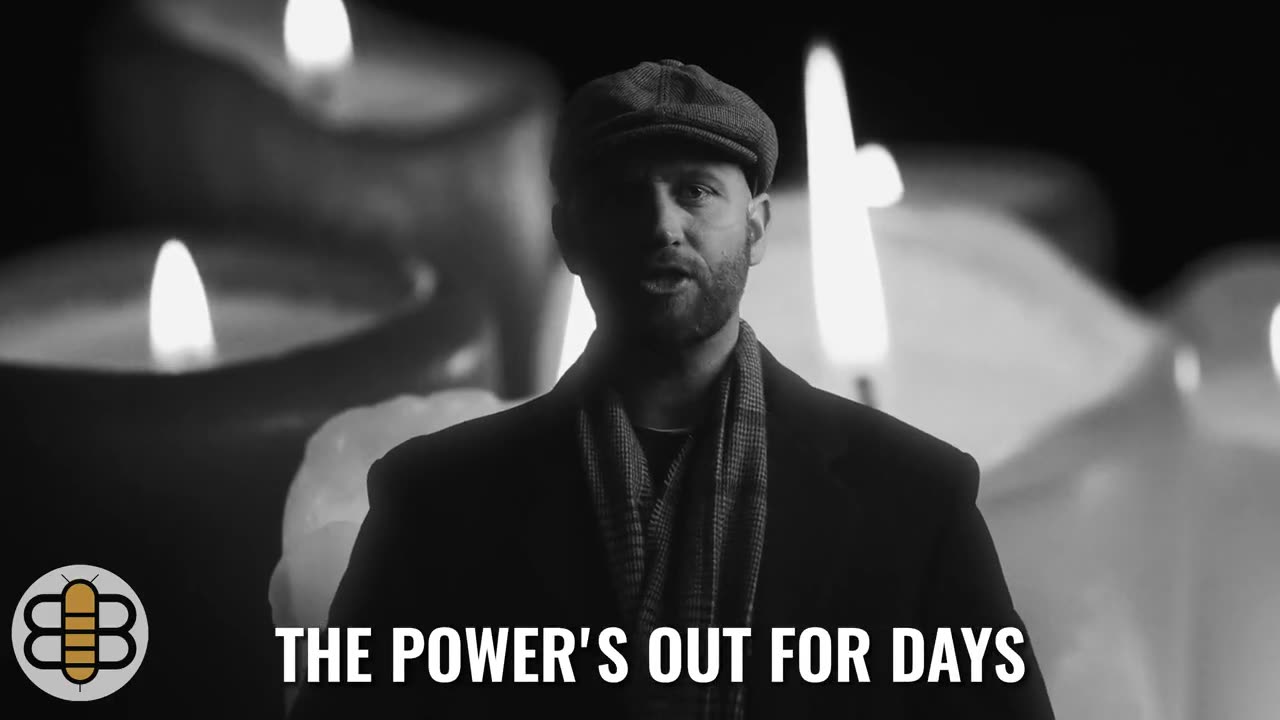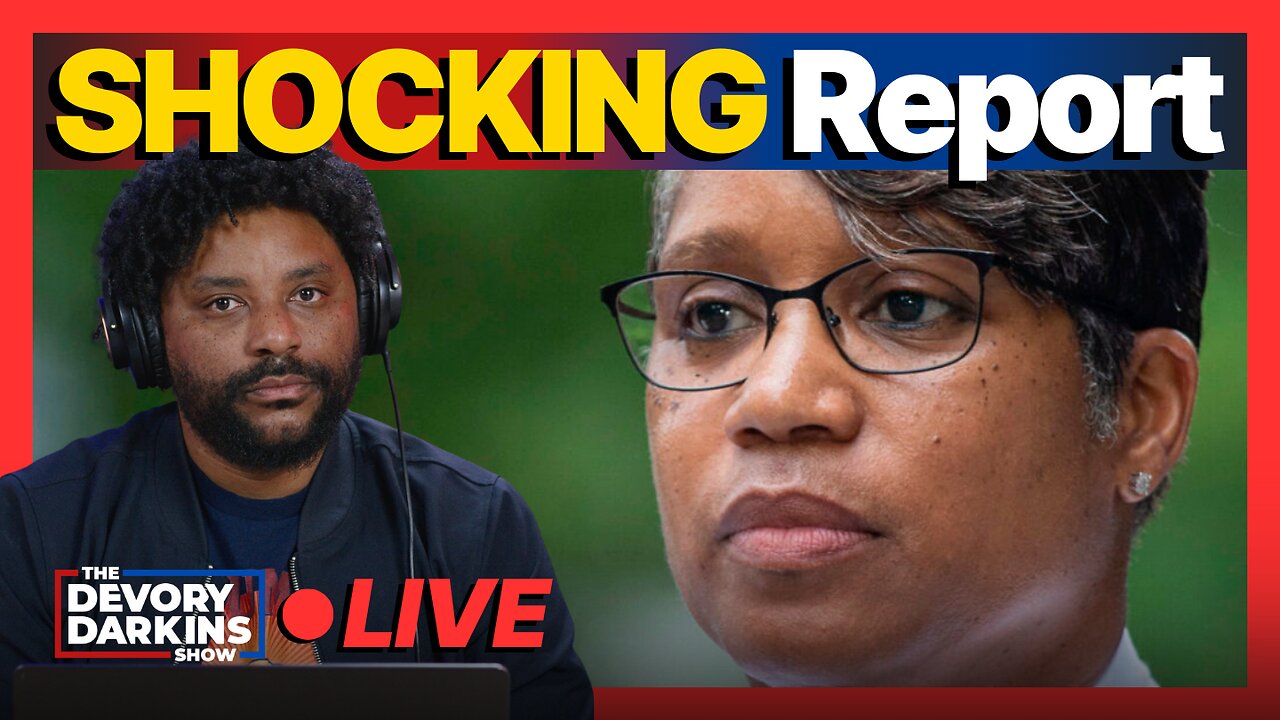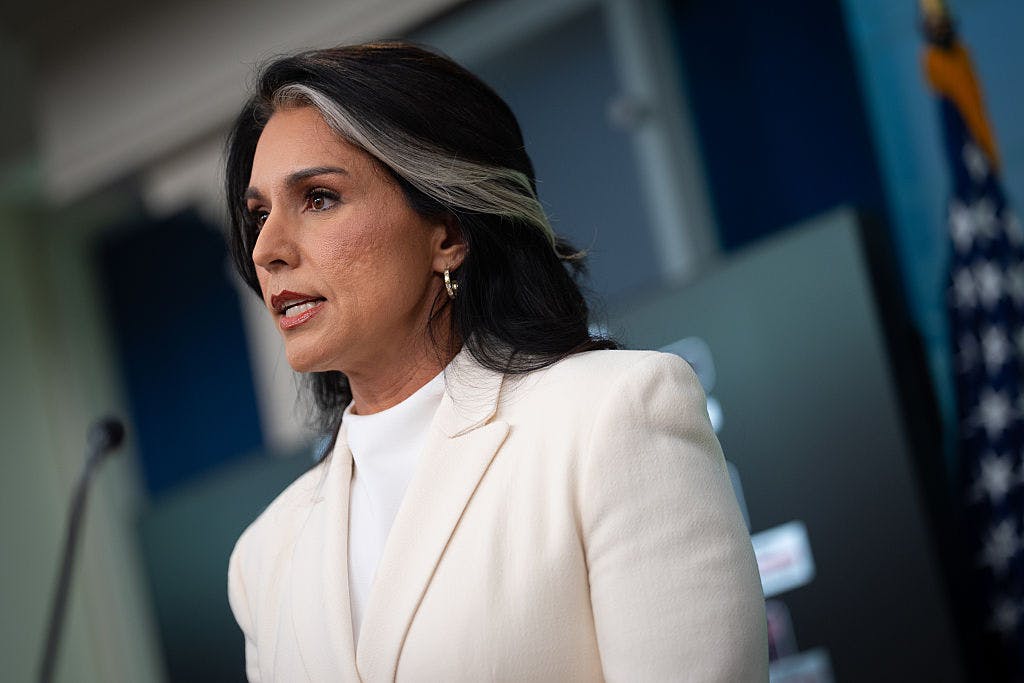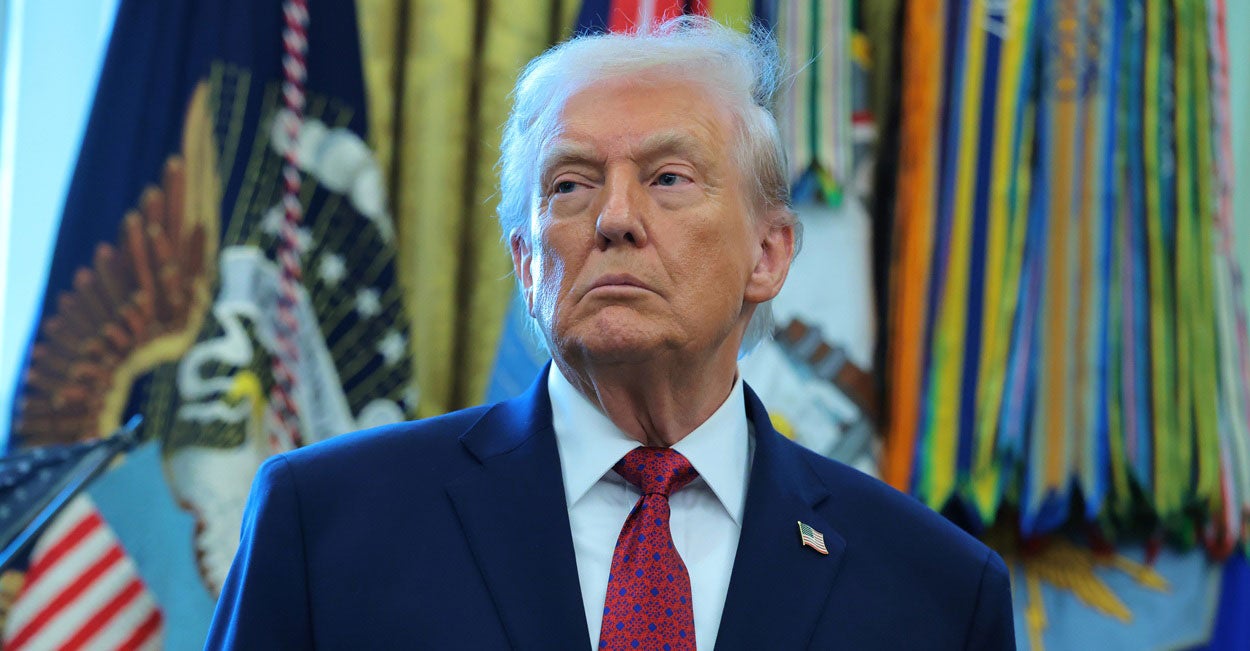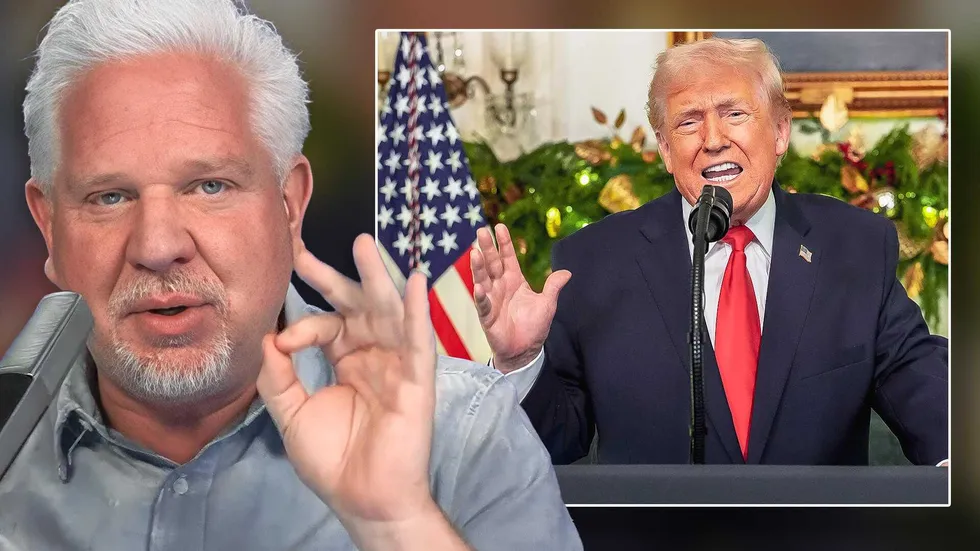Strengthening Veteran Mental Health: A Vital Mission

Every morning, the secretaries of Veterans Affairs and War receive updates on suicides among service members and veterans. The numbers paint a dire picture of mental health across the armed forces.
Live Your Best Retirement
Fun • Funds • Fitness • Freedom
The Department of War’s most recent data, released in its 2024 Annual Report on Suicide in the Military, reported 523 suicides across the Total Force in 2023, about a 6% increase from 2022. Among veterans, the Department of Veterans Affairs’ 2024 National Veteran Suicide Prevention Annual Report counted 6,407 suicide deaths in 2022, averaging 17.6 per day. These figures show that veterans die by suicide at a rate of 34.7 per 100,000, nearly double that of non-veteran adults at 17.1 per 100,000.
Despite major progress in recognizing mental health as a core part of readiness, stigma remains the greatest barrier to care.
Persistent Stigma
Even as resources expand, care is often blocked by fears of career harm, confidentiality concerns, and cultural perceptions of weakness. Military and independent studies show a consistent pattern: Many who would benefit from counseling avoid it, worrying that seeking help could hurt promotion prospects or security clearances.
A RAND Corporation study found service members often fear negative career consequences if they seek treatment, especially in intelligence, law enforcement, and special operations communities. Concerns about losing clearances persist, even though policies are more protective than people assume. Behavior is still often driven more by fear than by the hope of recovery.
The result is a widening treatment gap. Many service members with depression or PTSD symptoms never seek care, and those who do often receive too little. According to the RAND Corporation analysis, only about one-third of service members with mental health symptoms report receiving any form of mental-health care.
Eliminating Stigma
Reducing stigma is a military readiness mission to strengthen military lethality and readiness. The Pentagon can act in three practical ways:
1. Normalize care.
Commanders should prioritize counseling as part of routine wellness checks. These wellness checks should be especially mandatory after returning from deployments as part of standard reintegration protocols. For units with irregular schedules or remote assignments, virtual visits should be encouraged to remove logistical barriers and show command support.
2. Clarify confidentiality.
Many troops don’t know if conversations within counseling are protected or it is shared with leadership. The military should issue clear guidance: Outside of threats to self or others, counseling has legally protected confidentiality. Leaders should also stress that seeking help rarely jeopardizes security clearances, but ignoring mental health could create a crisis that can lead to loss of clearances.
3. Expand peer support.
When respected military leaders speak openly and often about their own experiences with counseling, they reframe help-seeking as strength. The 2024 VA and DOD Clinical Practice Guideline supports prevention models that combine peer programs, safety planning, and crisis response-not just clinic visits.
Beyond the Clinic: Whole-Person Care
Clinical care alone cannot close the gap. Among veterans who died by suicide in 2022, 60% had a documented mental-health or substance-abuse diagnosis, but 40% had none, meaning many never entered care at all.
Community programs that reconnect veterans to service, mission, and peer networks reduce isolation and keep people engaged with treatment. But Veterans Affairs mental-health care must move beyond a one-size-fits-all model. Veterans come from different backgrounds of faiths, cultures, and experiences, and no single approach works for everyone.
Faith-based healing and spiritual care deserve recognition as strong paths to recovery, as numerous studies confirm strong ties between religion and robust mental health. Connecting with faith communities, chaplain programs, or purpose-driven organizations bridges the gap between therapy and long-term well-being.
Public-private partnerships that link faith-based groups, peer mentors, and practical help with housing or employment align with the National Strategy for Preventing Veteran Suicide, which calls for whole-person, community-anchored prevention.
Building Trust and Accountability
Every barrier, from stigma and scheduling delays to lack of alternative therapies, carries real consequences. Expanding resources is not enough. The system must build trust, cut bureaucracy, and meet veterans where they are.
Policymakers should:
- Require regular public reporting of suicide data by branch, demographic, and region.
- Prioritize continuity of care during the first year after separation, when risk is highest.
A Culture of Courage
The military is right to invest in counselors, clinicians, and prevention staff. The next step is cultural. If service members believe counseling could end a career, that belief will defeat the best-designed program. But if they know where to go, that it’s confidential, and colleagues attest, “I went, and it helped,” that example can open doors that military handbooks never could.
In a community that prizes resilience, strength, honor, and courage, seeking mental-health support is an act of strength. Our service members and veterans show courage on the battlefield—they should be equally honored for showing courage in caring for their own mental health.
If you are looking for help, please call or text 988 for the Suicide and Crisis Lifeline; veterans can press 1 to reach the Veterans Crisis Line.
We publish a variety of perspectives. Nothing written here is to be construed as representing the views of The Daily Signal.
The post Strengthening Veteran Mental Health: A Vital Mission appeared first on The Daily Signal.
Originally Published at Daily Wire, Daily Signal, or The Blaze
What's Your Reaction?
 Like
0
Like
0
 Dislike
0
Dislike
0
 Love
0
Love
0
 Funny
0
Funny
0
 Angry
0
Angry
0
 Sad
0
Sad
0
 Wow
0
Wow
0





